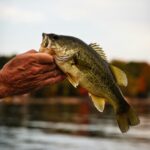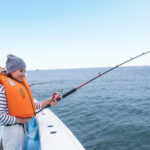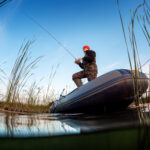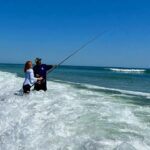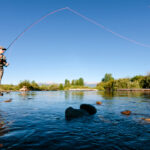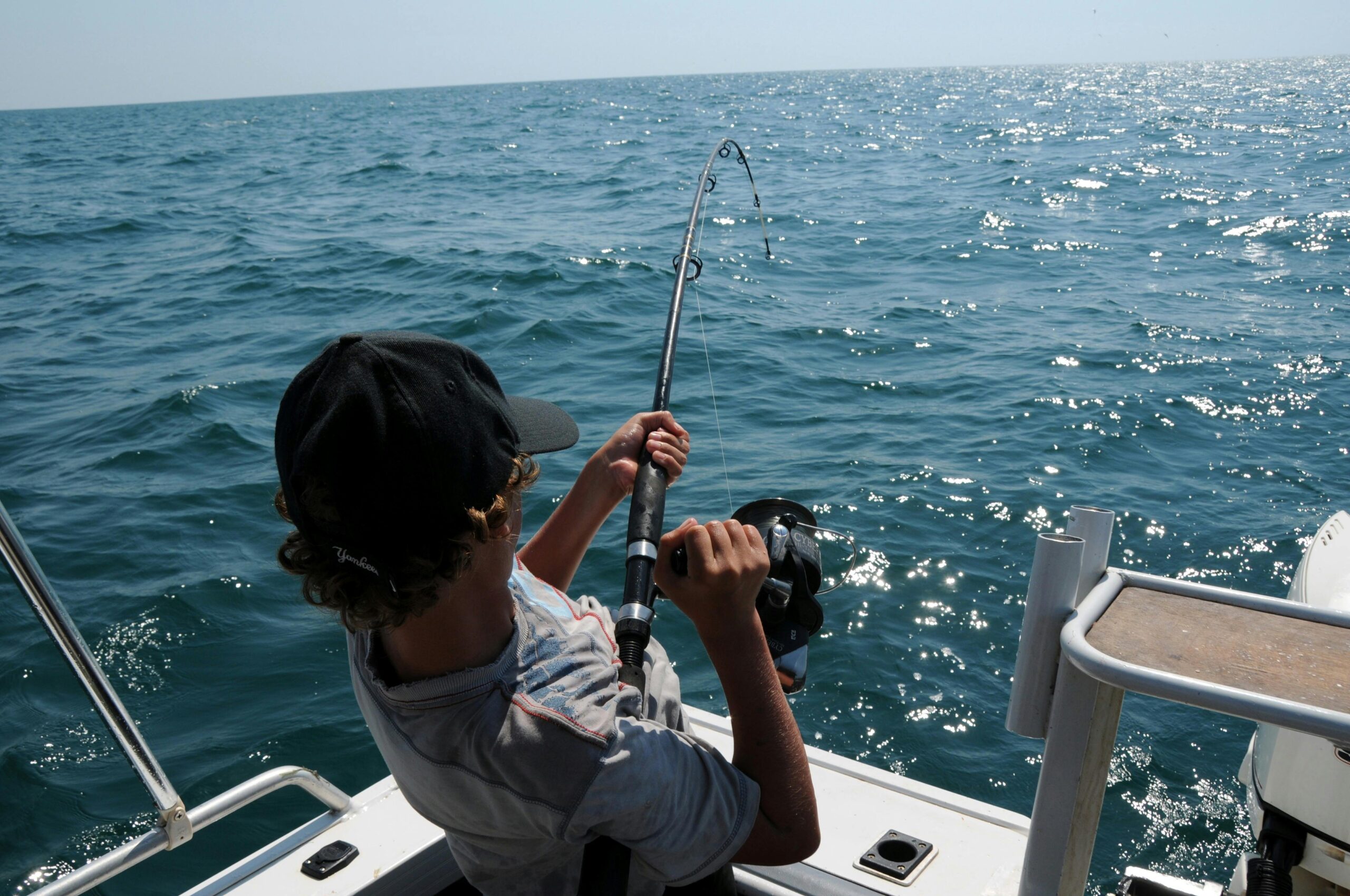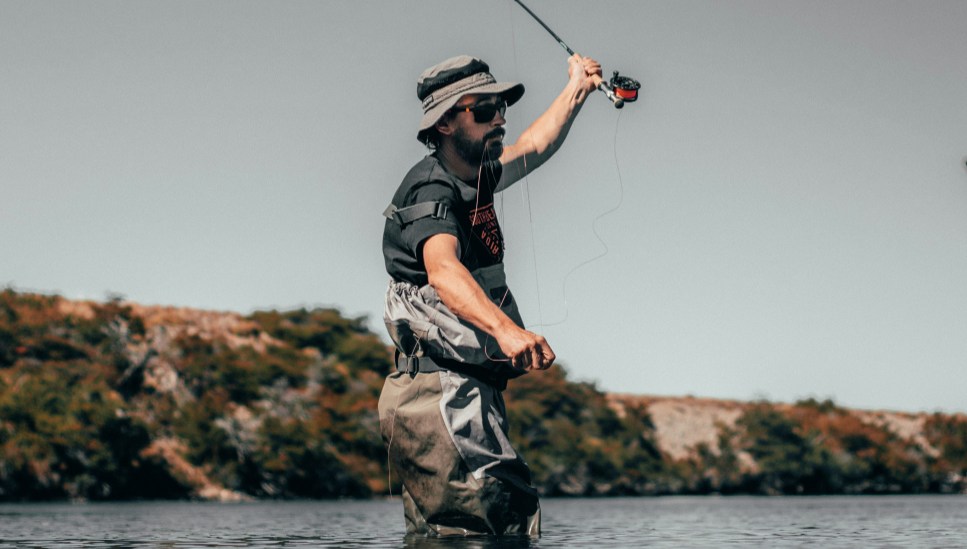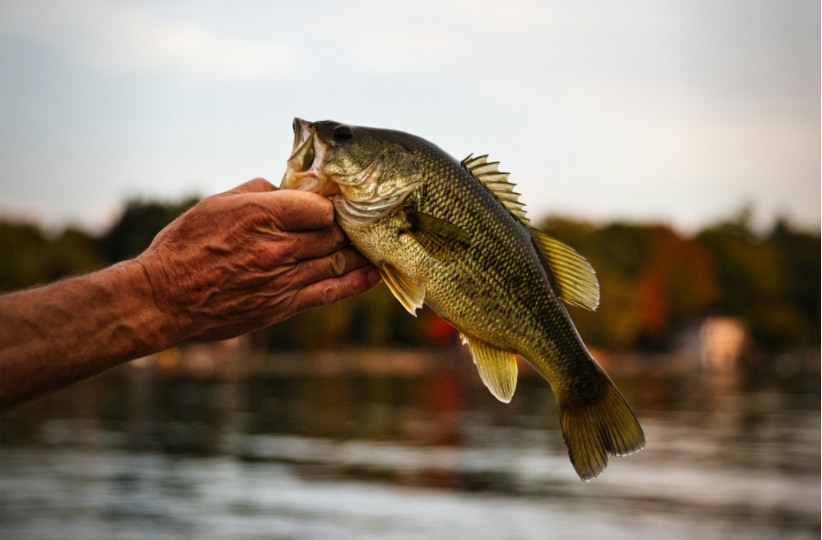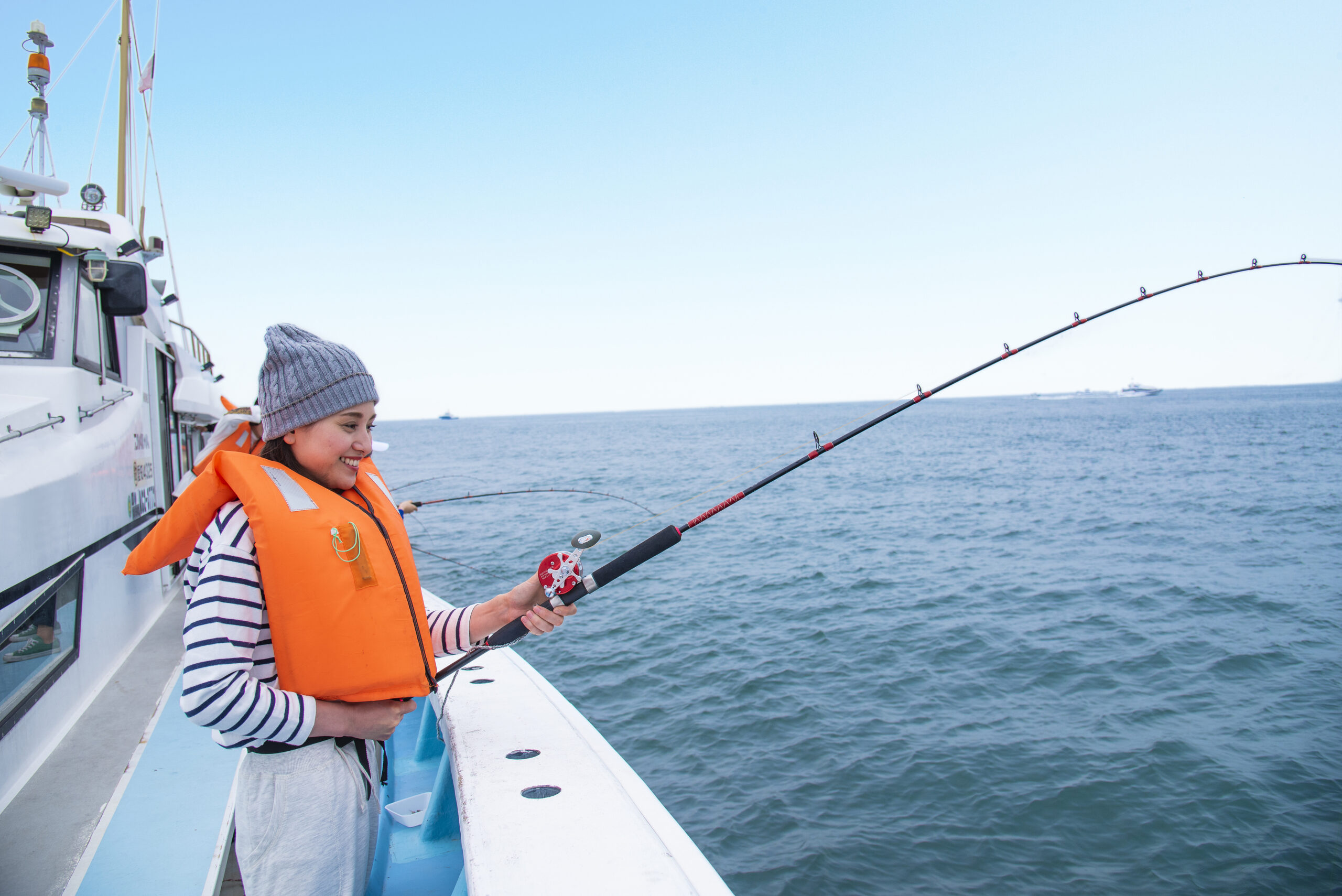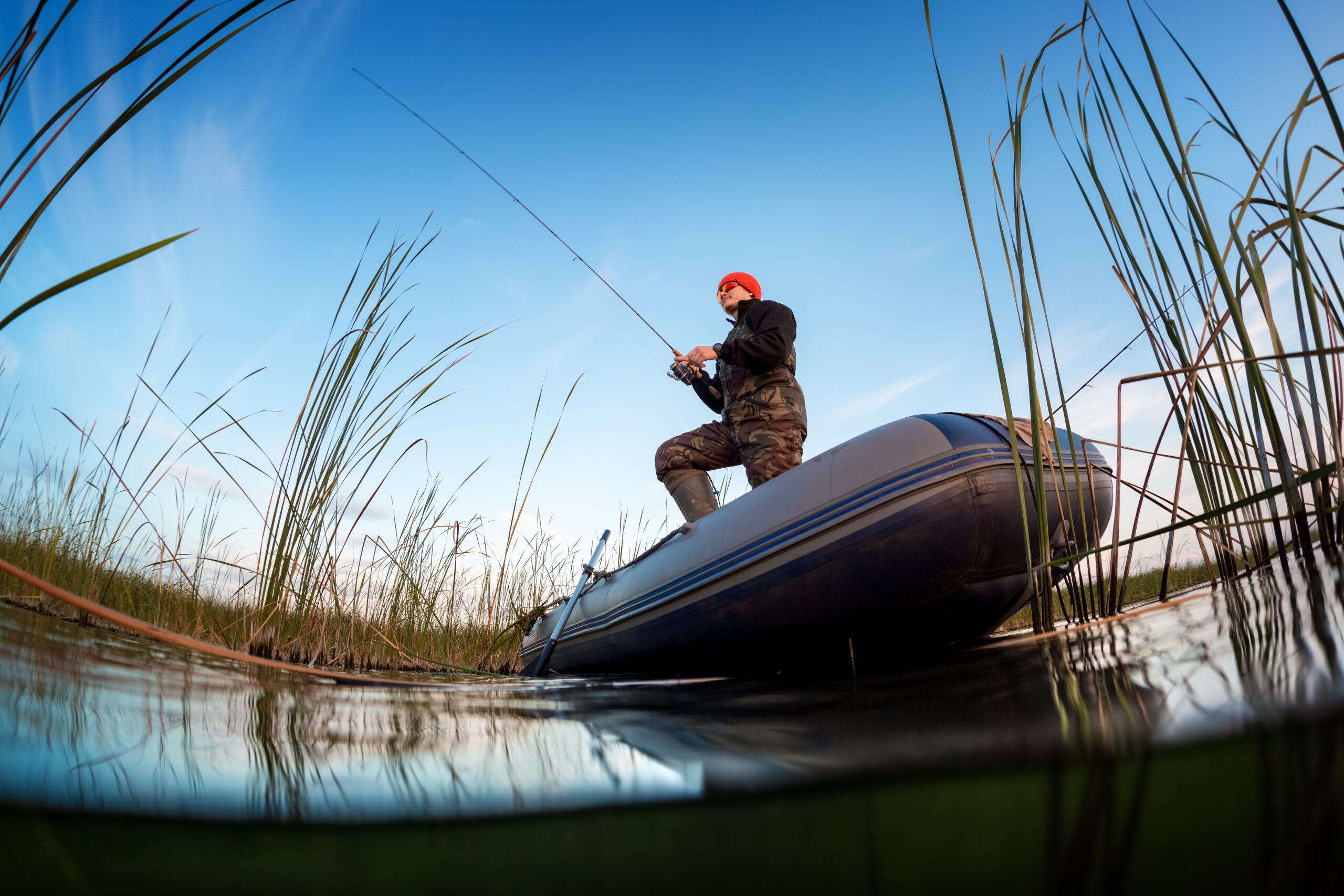There’s something profoundly captivating about fishing on the open sea. The endless horizon, the salty air, and the rhythm of the waves make it an experience like no other. But beyond the serene beauty lies an exhilarating adventure, one that requires skill, patience, and a good understanding of the waters you’re navigating. Offshore fishing is an exciting challenge that combines the serenity of the ocean with the thrill of the hunt for big fish. Whether you’re a seasoned angler or a beginner, this guide will help you make the most of your offshore fishing adventure.
Understanding Offshore Fishing: What Makes It Unique
Offshore fishing, also known as deep-sea fishing, involves venturing beyond the sight of land to fish in deeper waters where larger species of fish live. This form of fishing is different from inshore or freshwater fishing due to the sheer size of the environment, the types of fish you’re targeting, and the equipment you’ll need.
Unlike shore fishing, where you might catch smaller fish in shallow waters, offshore fishing offers the opportunity to catch larger, more powerful fish, such as tuna, marlin, and swordfish. These fish live in deeper waters, and targeting them requires special techniques, heavier tackle, and a bit more expertise.
Preparing for Offshore Fishing: Essential Tips for Success
Before you cast your line into the vast ocean, there are several key preparations you need to make to ensure your trip is successful. Whether you’re heading out on a chartered boat or taking your own vessel, preparation is key to a smooth and enjoyable adventure.
1. Know Your Fishing Gear
Offshore fishing demands specific types of gear. Unlike light tackle used for freshwater or inshore fishing, offshore fishing requires heavier tackle to withstand the powerful pulls of big fish. Here’s what you’ll need:
- Rods and Reels: A medium to heavy rod with a large spool reel is ideal for offshore fishing. Spinning reels are great for smaller species like snapper, while conventional reels are better for larger game fish like tuna and marlin.
- Lines: Depending on the species, you’ll need stronger fishing lines. Braided lines with higher tensile strength are often preferred for offshore fishing due to their durability and ability to handle larger fish.
- Hooks and Lures: The right hook size and lure type will depend on the species you’re targeting. Larger fish require bigger hooks (often 7/0 to 10/0 size), and using lures that mimic the fish’s natural prey (like squids, minnows, or other smaller fish) can be extremely effective.
2. Select the Right Bait
When fishing offshore, live bait often outperforms artificial lures, especially for predatory species. Common types of live bait for offshore fishing include:
- Mackerel: A popular bait for tuna and marlin.
- Squid: Great for species like swordfish, tuna, and shark.
- Baitfish: Small fish like herring or sardines that attract larger fish.
Alternatively, artificial lures such as trolling plugs or jigs are effective when fishing for predatory species that hunt schools of fish. They imitate the motion of baitfish and can trigger a strike from larger species.
3. Choose the Right Location
One of the key elements of offshore fishing is selecting the right fishing spot. Fish often congregate around underwater structures, such as:
- Reefs and Shipwrecks: These areas provide shelter and food for many species of fish.
- Tidal Rips and Current Lines: Areas where two water currents meet create an ideal hunting ground for pelagic fish like tuna and marlin.
- Drop-offs and Submarine Canyons: These deep water areas are where big game fish tend to live, as the deeper waters provide a perfect habitat for larger species.
If you’re unfamiliar with the area, it’s best to consult with local fishermen or guides to find the best spots for fishing.
4. Know the Right Fishing Techniques
Offshore fishing requires different techniques compared to inshore fishing. Here are a few techniques you’ll need to master to improve your chances of success:
- Trolling: This is one of the most effective techniques for targeting large game fish like marlin, tuna, and wahoo. Trolling involves slowly moving your boat through the water while dragging bait or lures behind it, enticing fish to strike.
- Drifting: This method involves letting your boat drift with the current while you fish with live or cut bait. Drifting is often used when fishing for bottom-dwelling species like grouper or snapper.
- Chumming: This technique involves throwing bait into the water to attract fish to your location. Chumming is particularly effective when targeting species like sharks or tuna.
- Bottom Fishing: For fish that reside at the ocean floor, such as grouper and snapper, bottom fishing involves dropping bait or a weighted line down to the sea floor and waiting for fish to bite.
5. Be Aware of Weather and Conditions
The ocean can be unpredictable, so it’s essential to monitor weather conditions before and during your trip. High winds, rough seas, and storms can not only make the trip uncomfortable but also dangerous. Always check the weather forecast and sea conditions before leaving the dock. If you’re on a chartered trip, make sure the captain is experienced in navigating rough conditions and can alter the course if needed.
The Thrill of the Catch: What to Expect While Offshore Fishing
Offshore fishing offers the thrill of pursuing some of the most formidable fish species in the world. When you hook a big fish, the fight is often long, intense, and exhilarating. Here’s what you can expect when reeling in a trophy catch:
The Fight: Patience and Strength
Big game fish like marlin, tuna, and swordfish put up a fierce fight once hooked. They use their strength and speed to try to shake off the hook, making it a battle of endurance between you and the fish. This is where your skill in managing the rod, reel, and line comes into play. Take your time, keep your rod high, and reel in slowly to avoid breaking the line. A steady, patient approach is key.
The Moment of Victory: Landing the Catch
Landing a big fish requires teamwork and coordination. When the fish is close enough, a skilled mate or crew member will use a gaff or net to bring it aboard. The size and strength of the fish will determine the difficulty of this final step, but the sense of accomplishment when you finally land your catch is truly incomparable.
Catch and Release: Ethical Considerations
Many anglers practice catch-and-release, particularly when it comes to endangered species or those that are not ideal for eating. If you plan to release your catch, make sure to handle it gently and minimize stress on the fish to improve its chances of survival.
Enjoying the Rewards: Cooking and Eating Your Catch
One of the best parts of offshore fishing is bringing home fresh, delicious fish. After a long day on the water, preparing your catch can be a highly rewarding experience. Here are some ideas for preparing common offshore catches:
- Tuna: Best served fresh, tuna steaks can be seared, grilled, or made into sushi.
- Mahi-Mahi: This tropical fish is perfect for grilling, baking, or making fish tacos.
- Swordfish: Known for its firm, steak-like texture, swordfish can be grilled, broiled, or pan-seared.
- Snapper and Grouper: These mild, flaky fish are ideal for frying, baking, or steaming.
Pair your fish with fresh vegetables or a light salad for a meal that truly reflects the bounty of the ocean.
Conclusion: The Ultimate Offshore Adventure
Offshore fishing is more than just a pastime—it’s a journey into the heart of the ocean, where you’ll test your skills, experience nature in its most raw form, and find peace in the rhythm of the sea. With the right preparation, knowledge, and respect for the ocean, your offshore fishing adventure can be an unforgettable experience, filled with thrills, challenges, and moments of pure joy. Whether you’re out on the water for a relaxing day or an adrenaline-filled quest for big game fish, the open sea will always have something exciting in store. So grab your gear, set sail, and get ready for the adventure of a lifetime.


